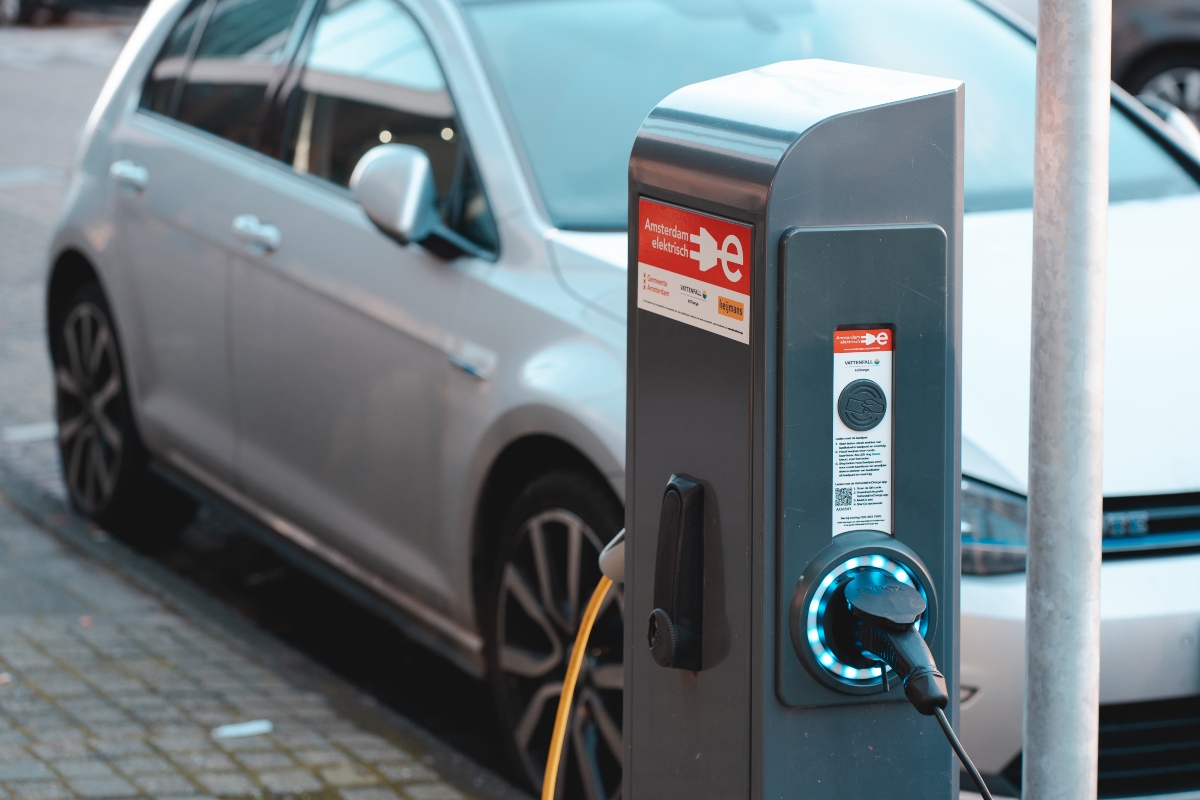Like many modern industries, automotive is making great strides towards a sustainable future with low/zero carbon emissions. In 2022, electric vehicle (EV) sales surpassed 10 million units, steadily growing the global presence of low/zero emission vehicles.
In light of this growth of electrification, EV designers are moving beyond the capabilities of the traditional vehicles by developing exciting features and technologies that utilise wireless connectivity and data. But what are these features, and what is their importance in the growing world of EVs?
What is data and connectivity in the context of the automotive EV industry?
When discussing data and connectivity for EVs, V2X is a commonly used term that stands for ‘vehicle-to-everything.’ As the name implies, it represents EV connectivity to a range of services, information and technology; this includes vehicle-to-grid (V2G), vehicle-to-vehicle (V2V), and vehicle-to-infrastructure (V2I) technologies.
V2X communications are based on a WLAN (wireless local area network) infrastructure that creates a localised network between intercommunicating EVs. The initial standardisation of V2X WLAN was released in 2010 as DSRC (dedicated short range communication) IEEE 802.11bd. It allowed EVs to communicate with other vehicles and infrastructure via the 5.9 GHz frequency band, exhibiting low latency and line-of-sight connectivity. However, it presents potential scalability issues as it requires dedicated infrastructure in high-mobility environments, making it costly for large projects.
In 2016, the standard organisations for telecommunications (3GPP) announced the release of their cellular based V2X wireless standardisation; C-V2X. It utilises LTE cellular technology to provide reliable connectivity between vehicles, infrastructure and devices in urban and populated areas. As this technology operates via the existing cellular networks, a minor amount of infrastructure is required, and has superior connectivity range and throughput when compared to 802.11bd. However, there can be complications of cell tower capacity and congestion in extremely dense areas, leading to possible issues.
Why is data and connectivity important for the automotive and EV industry?
Improved road safety
V2X connectivity is a direct result of the development of intelligent transport systems (ITS). ITS infrastructure represents a range of information and communication technologies that seek to make transport safer, more efficient and sustainable. It achieves this via the integration of wireless technologies that communicate vital information to drivers and public transportation. An example of this is utilising V2X connectivity to inform drivers of collision warnings, speed limit changes and more to inform their route and avoid further accidents. The result of this is an improved level of safety via data and connectivity.
Range and route optimisation
Data and connectivity provide EVs with integral information that can inform the total driving range on a single charge. Weather conditions, available charging stations en-route, and traffic congestion all have an effect on the maximum driving range of an EV. With this information, drivers can reliably plan a route without the fear of running low on charge miles away from a nearby charging station. Not only does this help incentivise electrification, but can help maximise energy efficiency to improve sustainability.
Wireless update infrastructure
As EVs are technology driven, they rely on advanced software to control the vital mechanics of their mobility. Over years of development, EV manufacturers optimise their software to improve various aspects, such as battery efficiency, stability, and onboard applications. Thanks to wireless connectivity, these software updates can be distributed wirelessly at mass scale without the need of physical inspection; which is a lot cheaper and more efficient than getting a mechanic to replace components in a combustion vehicle.
Be ready for the wireless world of EVs with Antenova
The boom of EVs is gradually leading to an connected and electrified highway of infrastructure, devices and communications. Vehicles are able to establish their own local networks, receive safety and route information, and regularly improve via dedicated software updates; all possible via wireless technology. In order to realise these features, automotive designers need to be able to understand, choose and integrate the right wireless antenna solution.
At Antenova, we offer a wide range of high-performing antennas for the wide range of wireless technologies utilised by automotive designs. Moreover, we have high-performing Wi-Fi6E antennas that operate on the 5.9GHz frequency band to provide ITS connectivity with established and future infrastructure.
Our Bluetooth, cellular and GNSS antennas are compact, efficient and simple to integrate into a range of designs. Moreover, we offer our own Integration Hub to help guide you to find the perfect antenna solution for your specific needs. To find out more about our antennas and integration processes, contact a member of our team today.




